The Picture of Dorian Gray by Oscar Wilde
The original manuscript of The Picture of Dorian Gray
SP Books presents Oscar Wilde’s manuscript for The Picture of Dorian Gray: an exceptional document which shows Wilde’s text as it was initially composed, in which the reader can follow how he edited and sharpened his prose and observe, even in this early version, what appears to be a form of self-censorship.
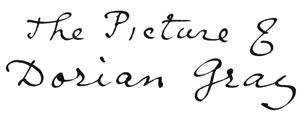
A novel drafted in layers of censorship
Oscar Wilde began writing this 13-chapter draft for Lippincott’s Magazine in 1889. Its pages showcase the writer’s tremendous craft, but also his self-censorship in the context of 19th century English homophobia. Basil Hallward’s use of the word “beauty” in reference to Dorian Gray is, for example, replaced by the softer “good looks”. The word “passion” becomes “feeling,” “boy” is replaced by “lad”. Passages are also crossed out, such as Basil’s confession: “the world becomes young to me when I hold [Dorian Gray’s] hand.”
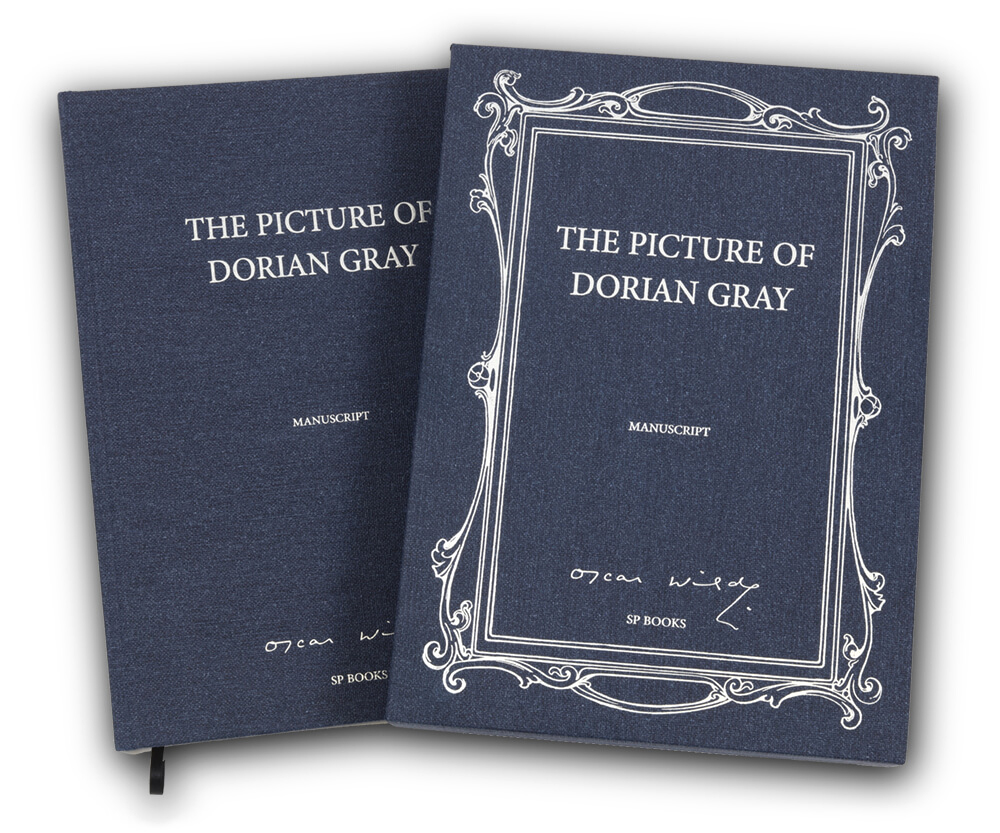
By April 1890, Wilde had finished the manuscript and had it typed out to submit to Lippincott’s. James Stoddart, the publisher, accepted the piece but still expressed concern about its homoerotic overtones. He began to censor Wilde’s text, deleting about 500 words. He removed single words as well as entire sentences, such as Basil’s tirade that in his portrait “There was love in every line, and in every touch there was passion”.
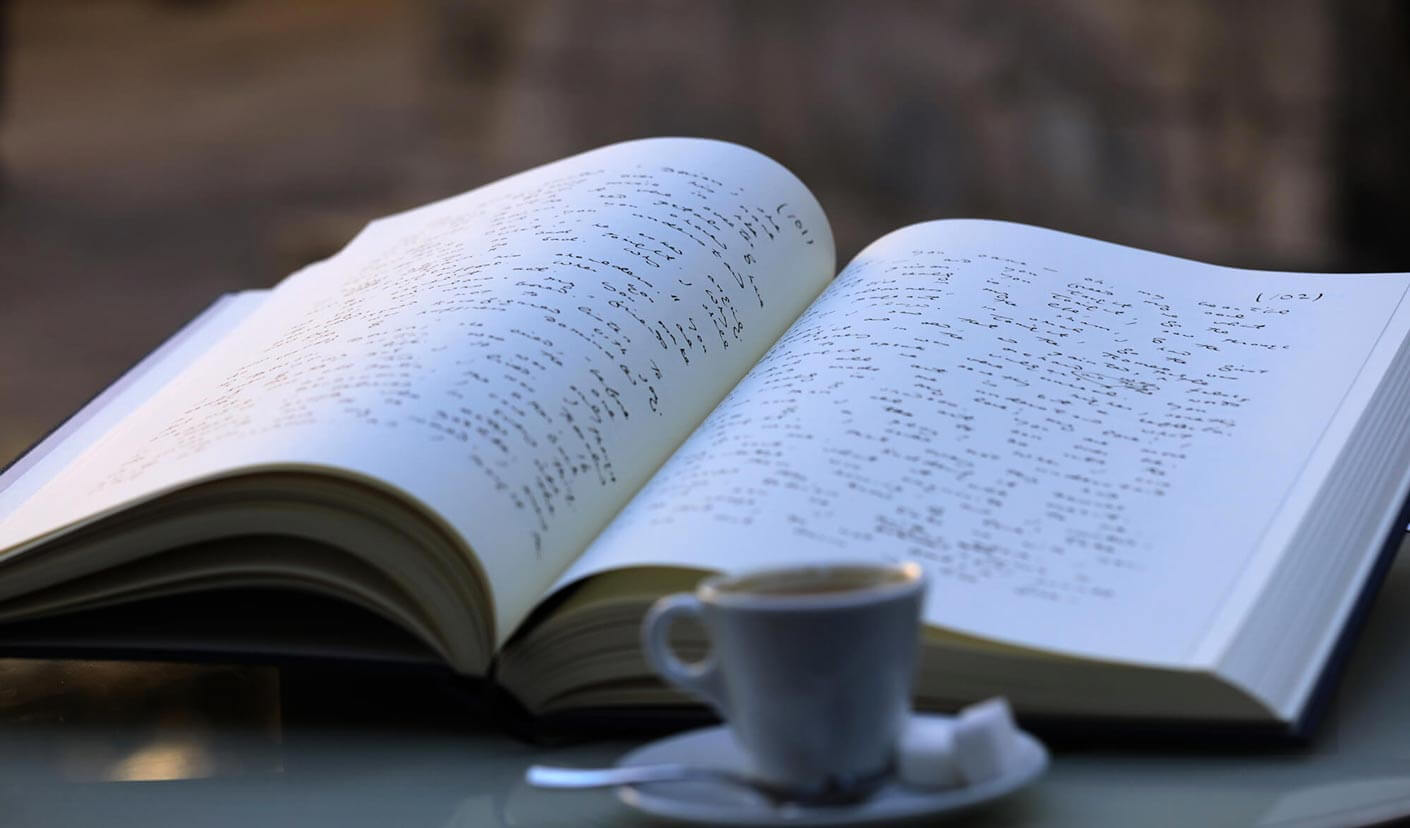
Scandal and protest
Despite the multiple layers of censorship that shaped Dorian Gray before publication, the July 1890 issue of Lippincott’s was met with uproar. Critics described the work as “unclean”, “poisonous”, “nasty”, and “nauseous”, “heavy with mephitic odours of moral and spiritual putrefaction”. As a consequence, the influential bookseller WH Smith refused to stock the July issue of the magazine.
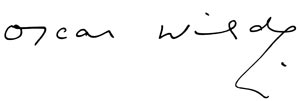
Notwithstanding the adverse critical reception, or indeed because of it, the story undoubtedly enjoyed a certain succès de scandale and Wilde quickly began to revise and expand the novella for publication as a novel in book form. He made various structural changes, introduced new characters, added 6 chapters and a set of aphorisms to preface the work, and toned down homoerotic passages. Basil’s beautiful confession of love for Dorian Gray, which can be found in the manuscript, “It is quite true that I have worshipped you with far more romance of feeling than a man usually gives to a friend. Somehow I have never loved a woman… I quite admit that I adored you madly, extravagantly, absurdly”, disappears.
The resulting 20-chapter version of the novel, which has since served as the text for all popular editions of The Picture of Dorian Gray, was published by Ward, Lock and Company in April 1891.
With a foreword by Merlin Holland
Merlin Holland is an Oscar Wilde specialist and the writer’s grandson. He is the author of several notable works: The Wilde Album (1998), Coffee with Oscar Wilde (2007), A Portrait of Oscar Wilde (2008). He also edited The Complete Letters of Oscar Wilde (2000), Irish Peacock and Scarlet Marquess: The Real Trial of Oscar Wilde (2003).
Deluxe edition
Numbered from 1 to 1,000, this Oxford blue edition is presented in a large format handmade slipcase.
Printed with vegetal ink on eco-friendly paper, each book is bound and sewn using only the finest materials.
Mrs Dalloway: Thanks to a new reproduction of the only full draft of Mrs. Dalloway, handwritten in three notebooks and initially titled “The Hours,” we now know that the story she completed — about a day in the life of a London housewife planning a dinner party — was a far cry from the one she’d set out to write (...)
The Grapes of Wrath: The handwritten manuscript of John Steinbeck’s masterpiece The Grapes of Wrath, complete with the swearwords excised from the published novel and revealing the urgency with which the author wrote, is to be published for the first time. There are scarcely any crossings-out or rewrites in the manuscript, although the original shows how publisher Viking Press edited out Steinbeck’s dozen uses of the word “fuck”, in an attempt to make the novel less controversial. (...)
Jane Eyre: This is a book for passionate people who are willing to discover Jane Eyre and Charlotte Brontë's work in a new way. Brontë's prose is clear, with only occasional modifications. She sometimes strikes out words, proposes others, circles a sentence she doesn't like and replaces it with another carefully crafted option. (...)
The Jungle Book: Some 173 sheets bearing Kipling’s elegant handwriting, and about a dozen drawings in black ink, offer insights into his creative process. The drawings were not published because they are unfinished, essentially works in progress. (...)
The Lost World: SP Books has published a new edition of The Lost World, Conan Doyle’s 1912 landmark adventure story. It reproduces Conan Doyle’s original manuscript for the first time, and includes a foreword by Jon Lellenberg: "It was very exciting to see, page by page, the creation of Conan Doyle’s story. To see the mind of the man as he wrote it". Among Conan Doyle’s archive, Lellenberg made an extraordinary discovery – a stash of photographs of the writer and his friends dressed as characters from the novel, with Conan Doyle taking the part of its combustible hero, Professor Challenger. (...)
Frankenstein: There is understandably a burst of activity surrounding the book’s 200th anniversary. The original, 1818 edition has been reissued, as paperback by Penguin Classics. There’s a beautifully illustrated hardcover, “The New Annotated Frankenstein” (Liveright) and a spectacular limited edition luxury facsimile by SP Books of the original manuscript in Shelley's own handwriting based on her notebooks. (...)
The Great Gatsby: But what if you require a big sumptuous volume to place under the tree? You won’t find anything more breathtaking than SP Books ’s facsimile of F. Scott Fitzgerald’s handwritten manuscript of The Great Gatsby, showing the deletions, emendations and reworked passages that eventually produced an American masterpiece (...)
Oliver Twist: In the first ever facsimile edition of the manuscript SP Books celebrates this iconic tale, revealing largely unseen edits that shed new light on the narrative of the story and on Dickens’s personality. Heavy lines blocking out text are intermixed with painterly arabesque annotations, while some characters' names are changed, including Oliver’s aunt Rose who was originally called Emily. The manuscript also provides insight into how Dickens censored his text, evident in the repeated attempts to curb his tendency towards over-emphasis and the use of violent language, particularly in moderating Bill Sikes’s brutality to Nancy. (...)
Peter Pan: It is the manuscript of the latter, one of the jewels of the Berg Collection in the New York Public Library, which is reproduced here for the first time. Peter’s adventures in Neverland, described in Barrie’s small neat handwriting, are brought to life by the evocative color plates with which the artist Gwynedd Hudson decorated one of the last editions to be published in Barrie’s lifetime. (...)









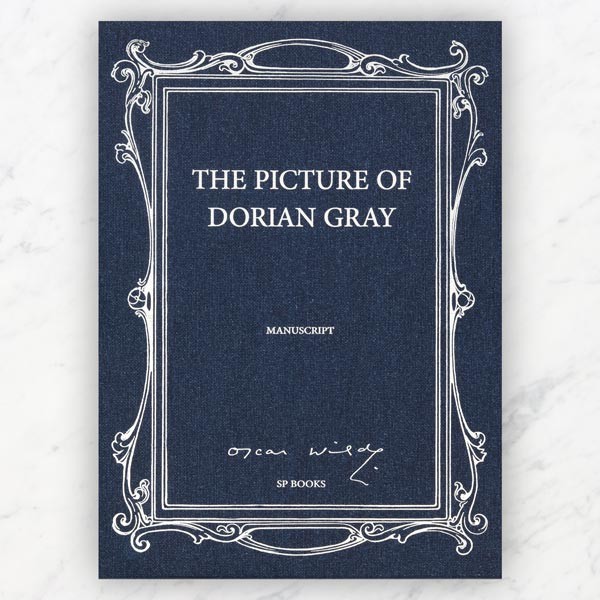








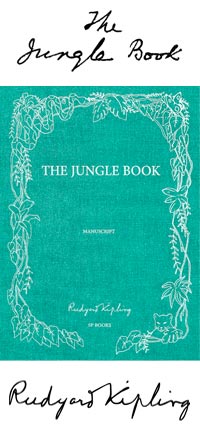
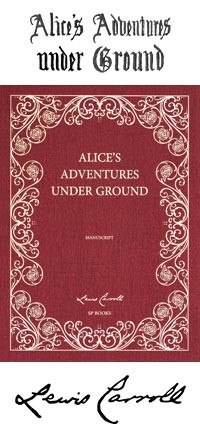
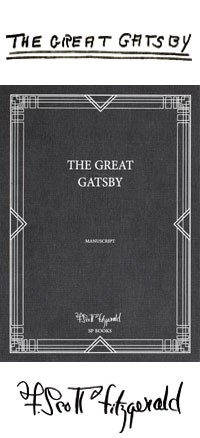
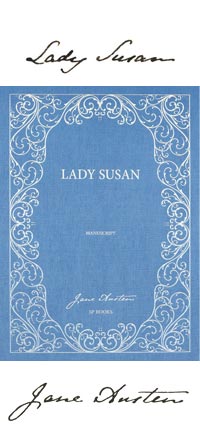
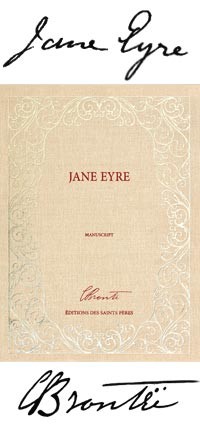

Customer reviews
I am most impressed with my order. The printing of the manuscript and the book binding quality are second to none. The embossing on the book protector is beautiful. My order arrived in just over a week to Australia - very, very quick! I am so very happy with this investment and I will cherish my book forever. Thank you very much SP Books.
The product and service are faultless.